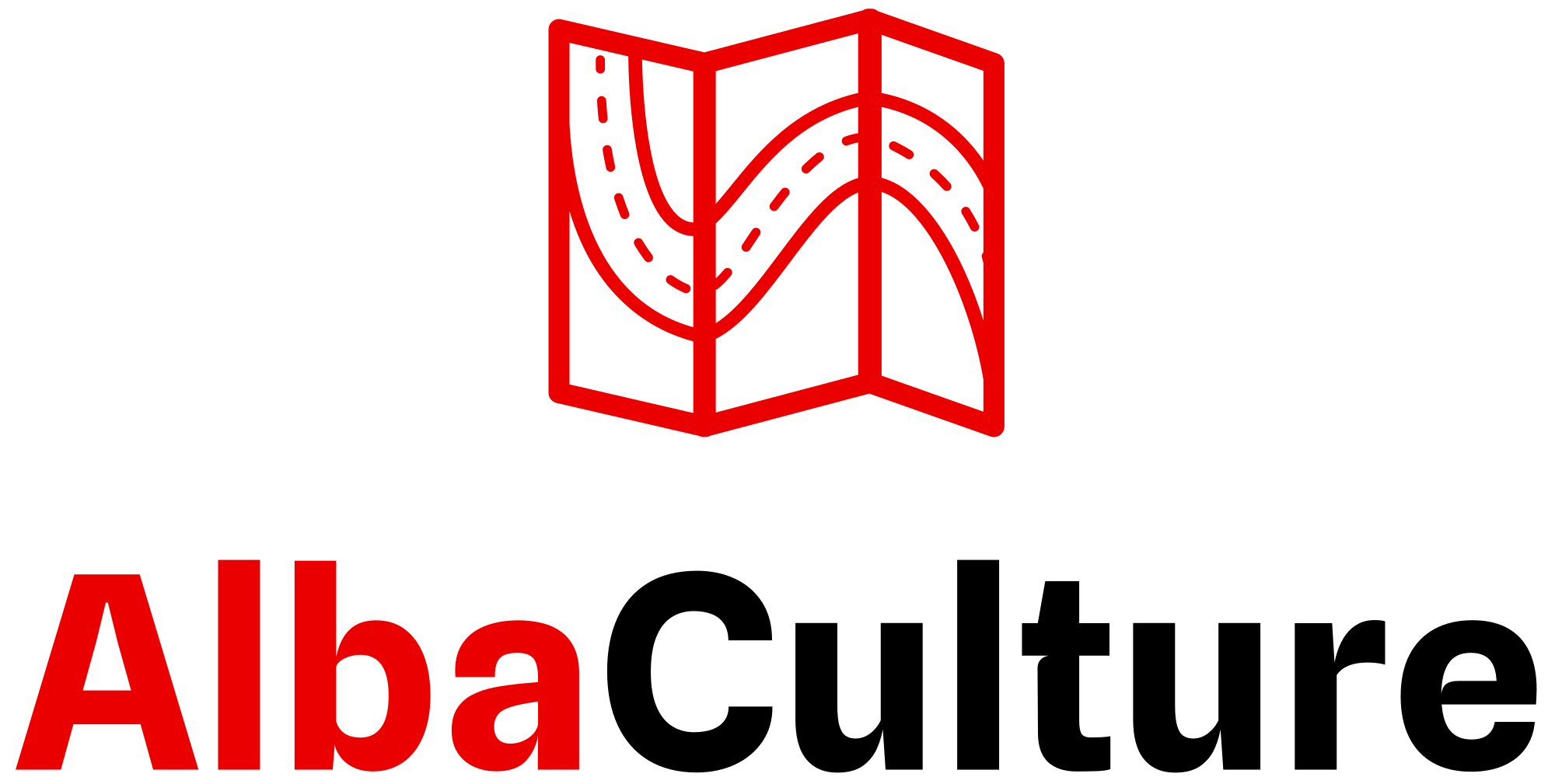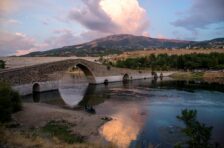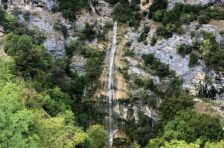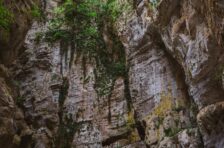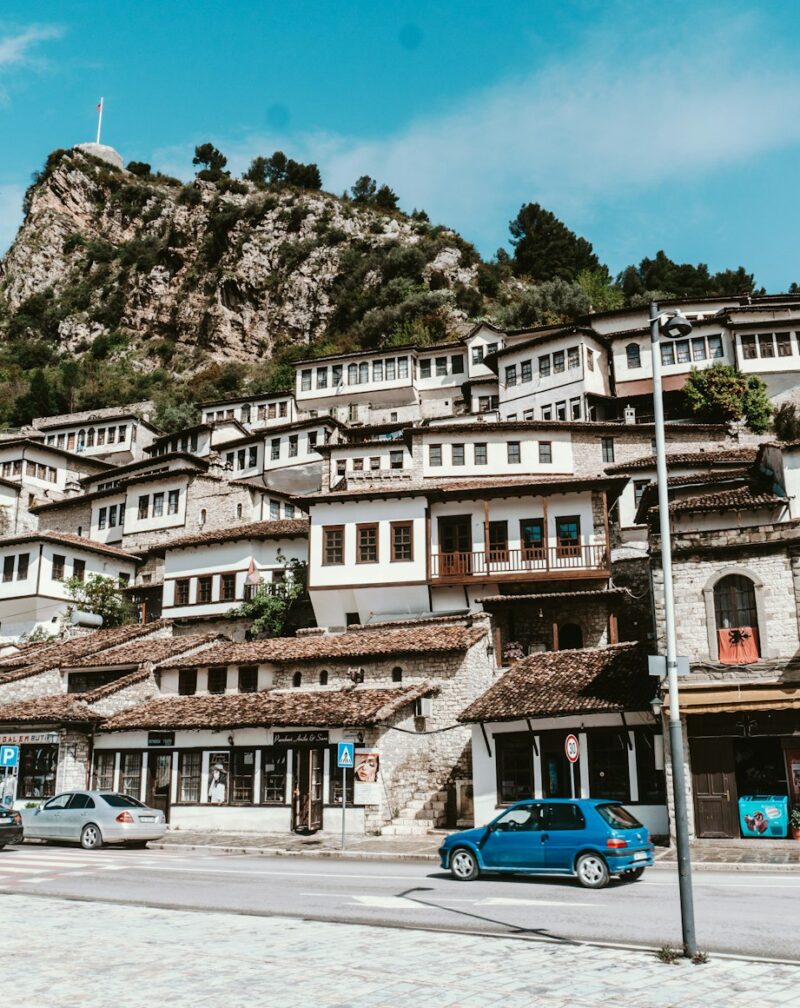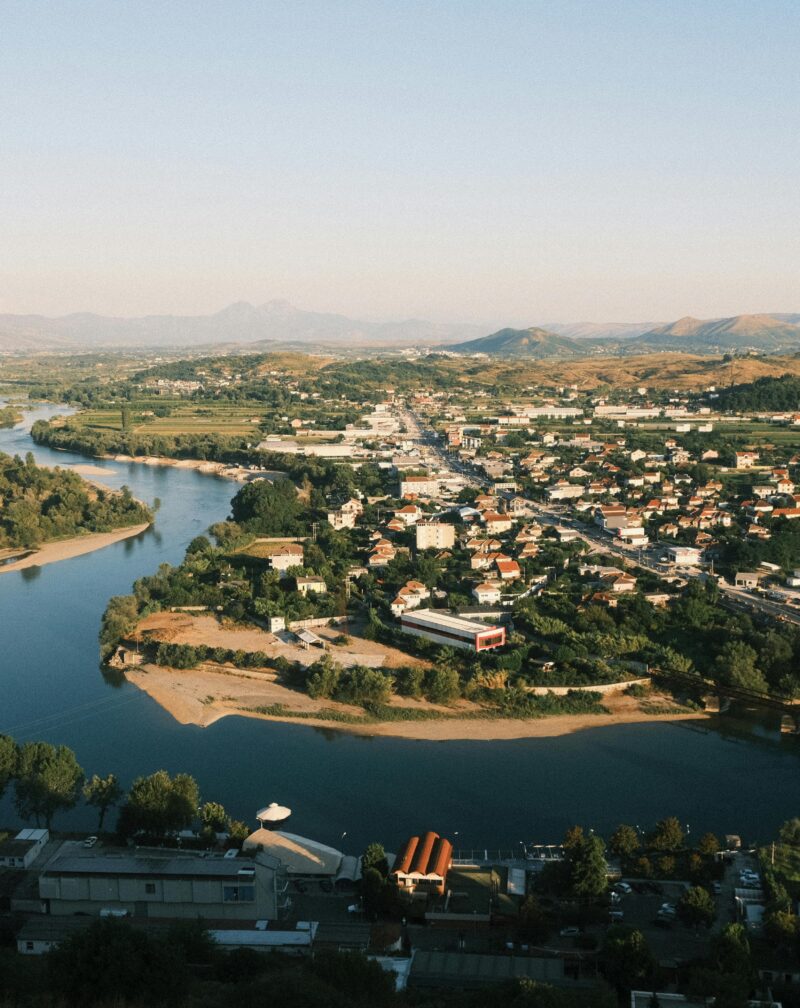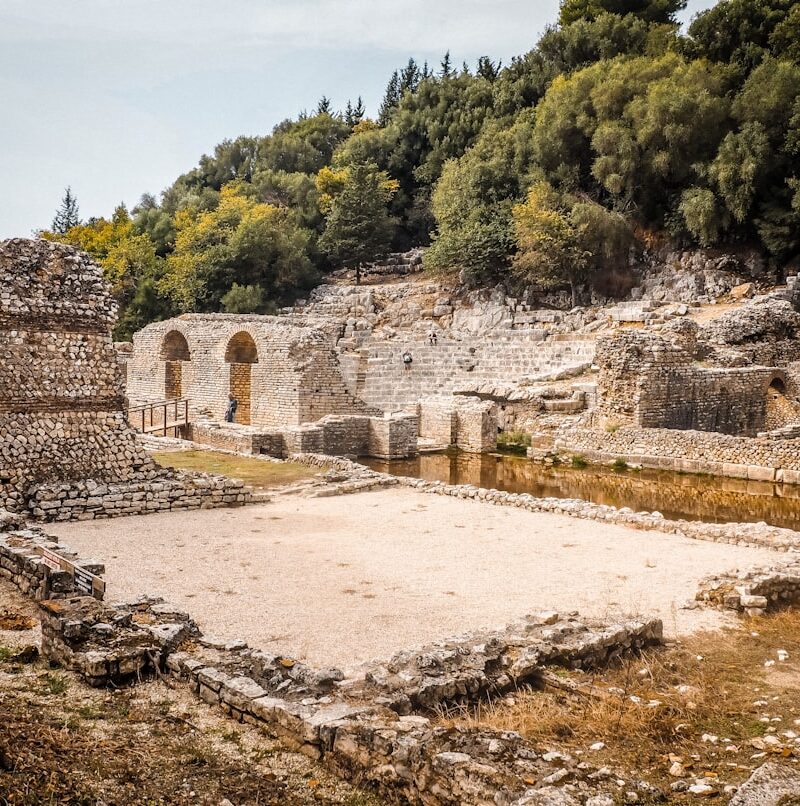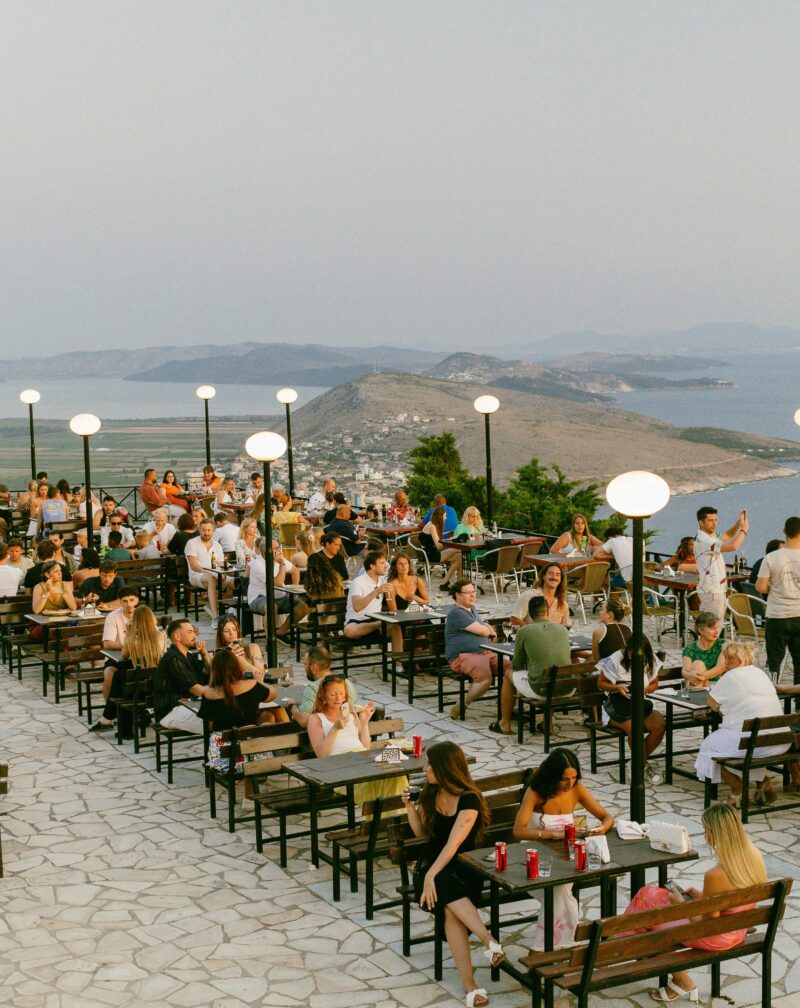Getting Around the Country
Albania’s transportation network has improved dramatically over the past decade but still requires some patience and flexibility. Options exist for reaching most destinations, though schedules and comfort levels vary significantly.
Buses and Furgons
The backbone of Albanian public transport. Buses connect major cities and towns, while furgons (minibuses) handle shorter routes and rural areas.
Intercity Buses Larger buses run between major cities like Tirana, Durrës, Shkodër, Vlora, Saranda, and Gjirokastër. These are relatively comfortable, usually air-conditioned, and keep reasonable schedules.
Tickets often can’t be purchased in advance. You show up at the station, find the bus to your destination, and pay the driver or a conductor. Prices are low—Tirana to Saranda (about 5 hours) costs around 1,500 lek (€15).
Bus stations can be confusing. Multiple companies operate from the same general area but not always from clearly marked spots. Asking helps—people at stations are used to confused foreigners and will point you to the right bus.
Departure times are approximate. Buses leave “when full” or close to the scheduled time, whichever comes first. This might mean departing early if the bus fills quickly, or late if waiting for more passengers. Build buffer time into connections.
Furgons These minibuses serve smaller towns and villages. They’re less comfortable than buses, often cramped, but they go places buses don’t.
Furgons definitely leave when full. If you’re one of the first passengers, you might wait 20-30 minutes while the driver finds enough people. Once loaded, they depart.
Prices are cheap—a one-hour furgon ride might cost 200-400 lek. Pay the driver when you get off.
Furgons stop for passengers along routes. People flag them down, hop in, and exit wherever needed. This flexibility is useful but makes journey times unpredictable.
Space is tight. If you’re large or have big luggage, furgons might be uncomfortable. Locals pack in remarkably efficiently.
Finding Bus Information Official schedules exist but aren’t always accurate or easy to find online. Hotel staff usually know bus times for common routes. Ask at bus stations the day before if you need to confirm times.
Some routes have multiple departures daily, others just one or two. Popular tourist routes run more frequently during summer, less so in winter.
Renting a Car
This offers maximum flexibility but comes with challenges. Albanian driving takes getting used to.
Car Rental Companies International companies (Hertz, Europcar, Sixt) operate at Tirana airport and in the city. Local companies also exist, often cheaper but with more variable quality and insurance coverage.
Prices start around €30-40 per day for basic cars, more for SUVs or automatic transmission. Book ahead for better rates and vehicle selection.
Requirements You need an international driving permit along with your regular license. Some rental companies accept just a regular license from EU, US, UK, or similar, but having an IDP avoids potential issues.
Minimum age is usually 21, sometimes 23. Drivers under 25 often face surcharges.
Full insurance coverage makes sense given driving conditions. Roads can be rough, other drivers unpredictable, and minor scrapes common. Make sure collision damage waiver and theft protection are included.
Check what the insurance actually covers. Some policies exclude damage to undercarriage, tires, or mirrors—all things that can suffer on Albanian roads.
Driving Conditions Main highways between major cities have improved significantly. The road from Tirana to Durrës is excellent. The coastal road south has been upgraded. Mountain roads remain challenging.
Expect:
- Winding mountain roads with hairpin turns
- Occasional potholes or rough patches
- Limited lighting on rural roads
- Aggressive driving by some locals
- Animals on roads in rural areas
- Few road signs or confusing signage
- Narrow streets in old towns
Drive defensively. Don’t assume other vehicles will follow traffic rules. The scenic coastal drive from Llogara to Saranda is spectacular but demanding—narrow, winding, with steep drops.
Parking In cities, parking is challenging. Old town areas often prohibit cars or have extremely narrow streets. Look for paid parking lots rather than street parking in city centers.
Parking attendants (official and unofficial) exist. If someone in a vest gestures to park in a certain spot, they’ll expect a small payment (100-200 lek) when you return.
Fuel Gas stations are common along main roads, less so in remote areas. Fill up when you see stations if heading into mountains or rural regions. Fuel prices are similar to European averages.
Taxis
Available in cities and towns. Quality and honesty vary.
Metered Taxis Official taxis should have meters. In Tirana, meters should start at around 400 lek and increment based on distance and time. A cross-town ride might cost 500-800 lek.
Some drivers “forget” to turn on meters or claim they’re broken. Agree on price before departing in these cases. If the driver refuses to use the meter or quote a price, find another taxi.
Ride-Hailing Apps Bolt operates in Tirana and some other cities. It’s reliable, transparent on pricing, and eliminates negotiation. Costs are typically lower than traditional taxis.
Long-Distance Taxis You can hire taxis for longer trips. Negotiate rates beforehand—expect to pay significantly more than buses but with the convenience of door-to-door service and flexible timing.
For example, Tirana to Berat by taxi might cost €50-70 versus €10 by bus. Worth it for groups or if you’re short on time.
Trains
Albania has limited rail service. A few lines exist, mainly:
- Tirana to Durrës
- Tirana to Elbasan
- Connections to Shkodër and Vlora (though service is sporadic)
Trains are cheap but slow. The Tirana-Durrës route is most useful for travelers, taking about an hour and costing very little.
Rail infrastructure is outdated. Trains aren’t comfortable or fast. Most travelers skip trains in favor of buses or cars.
Boats and Ferries
International Ferries As mentioned earlier, ferries connect Albania (mainly Durrës, sometimes Vlora or Saranda) with Italy. These are for entering/leaving the country rather than internal transport.
Koman Lake Ferry This is the exception—a spectacular boat ride through mountainous terrain connecting northern Albania. The ferry travels from Koman to Fierzë along a reservoir created by a dam.
The journey takes 2-3 hours through dramatic canyon scenery. It’s more tourist experience than practical transport, though locals use it too. Some tours include this ferry as part of northern Albania itineraries.
The ferry doesn’t run on a strict schedule and depends on weather and water levels. Check current status before planning around it.
Organized Tours and Transfers
Tour companies offer private transfers between cities and to tourist sites. This costs more than public transport but provides comfort and flexibility.
For specific sites difficult to reach by public transport (like remote archaeological sites or mountain villages), organized tours or private drivers make sense.
Many hotels can arrange transfers. Day trip tours from Tirana to places like Krujë, Berat, or even Gjirokastër are widely available.
Hitchhiking
Some travelers hitchhike in Albania with reported success. Albanians are generally helpful and often pick up hitchhikers, though this isn’t official transport and carries usual risks.
I wouldn’t personally rely on hitchhiking as primary transport, but it’s an option if you’re comfortable with it.
Walking
Old towns and city centers are best explored on foot. Berat, Gjirokastër, parts of Tirana, Shkodër’s center—walking is the only real option given narrow streets and pedestrian areas.
Sidewalks in Albanian cities are often uneven, narrow, or occupied by parked cars. Walk carefully.
Bicycling
Cycling isn’t common in Albania. Traffic in cities can be chaotic. Mountain roads are challenging.
That said, cycling is growing. Some areas around Lake Shkodra have bike paths. Cycling infrastructure remains limited compared to Western Europe.
Tour companies offer cycling tours, providing bikes and support vehicles. This makes sense for serious cyclists interested in Albanian routes.
Getting to Remote Sites
Some archaeological sites, mountain villages, or natural areas lack regular public transport. Options include:
- Rental car
- Hiring a taxi for the day
- Joining an organized tour
- In rare cases, hiking from the nearest accessible point
Research specific destinations ahead of time. Some places that look close on maps require hours to reach via winding roads.
Apps and Resources
- Google Maps works in Albania for routing, though it sometimes suggests roads that are rougher than expected or doesn’t have accurate bus information
- Rome2Rio gives overview of transport options between cities
- Bolt for ride-hailing in cities
- Moovit can show some bus routes in Tirana
Nothing beats asking locals for current information, particularly for buses and furgons.
The Bottom Line
Transportation in Albania requires more patience and flexibility than in Western Europe but works. Buses connect major destinations affordably. Renting a car provides freedom despite challenging roads. Taxis and tours fill gaps. With reasonable planning and flexible expectations, getting around Albania is manageable and part of the adventure.



